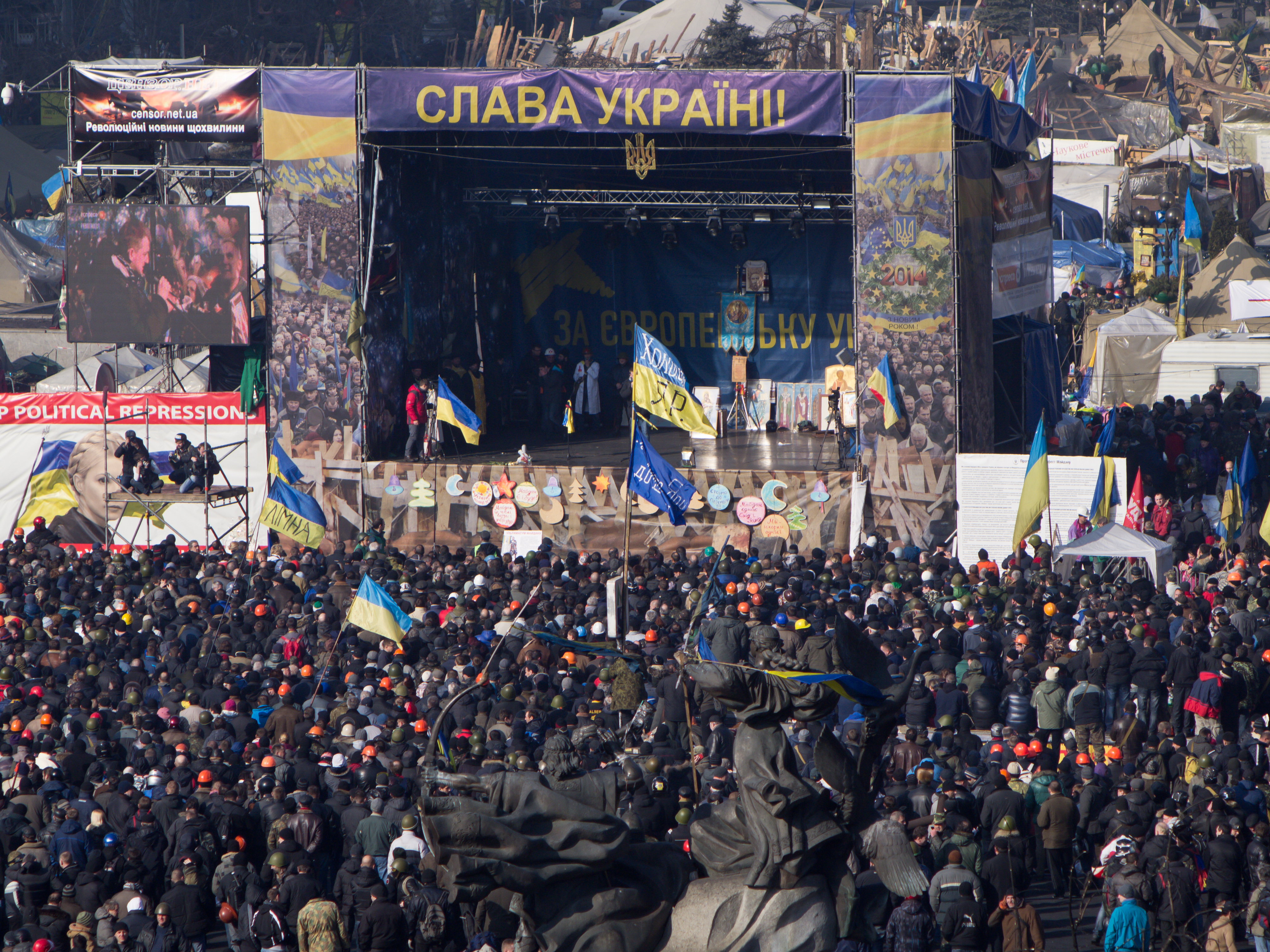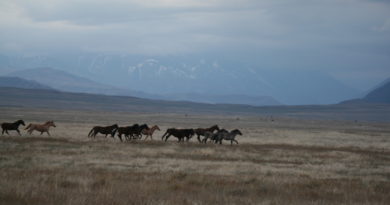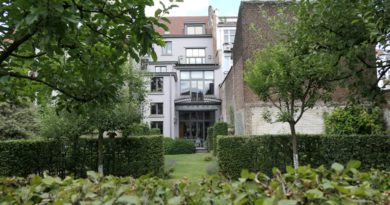Europe’s forgotten war
This month Ukraine holds the rotating Presidency of the United Nations Security Council. We wish Volodymyr Yelchenko the Council President every success in his appointment, in what is one of the world’s most difficult diplomatic jobs at any time, but particularly now. Ukraine is the only country in Europe which is at war, and whose citizens long for peace to be restored.

The war in Ukraine started in March 2014 and has now entered its third year. It is Europe’s greatest human tragedy since World War II. More than 10 000 people have been killed, including 2 040 civilians and more than 8 000 servicemen on both sides of the conflict.
Although there have been numerous cease-fires, none of them have lasted; most recently, fierce fighting in the industrial town of Avdiivka erupted, and a major battle with daily fire fights and artillery exchanges there still continues.
In the two years of war families have been broken. 1.8m “internally displaced persons (IDPs)” have already fled the war zone in Eastern Ukraine to other Ukrainian regions. Another 1.5m refugees have fled Ukraine to neighbouring countries.
The number of persons directly affected by the war in Eastern Ukraine is greater than the populations of several EU member states combined. The scale of the problems Ukraine faces in tackling the needs of these refugees is greater than those faced by many national administrations.
International efforts from aid agencies try bravely to meet the needs of the civilian victims and assist the people in Ukraine facing this humanitarian crisis. People flee the fighting and try to rebuild their lives, seek new housing, find work, earn a livelihood, provide for their families, the schooling of their children, healthcare, general well-being and secure basic medical services.
There is insufficient international finance to cope with these demands, and local charitable efforts have sprung up. For example, the First Volunteer Mobile Hospital, consisting of volunteers – most of them surgeons and doctors from various Ukrainian cities. Their mobile hospital provides service to civilians from both sides of the line of conflict and features a facility for surgical procedures, with much of the equipment provided by donors and organisations in the United States. There are also other philanthropists, like the business tycoon Rinat Akhmetov who provides humanitarian aid to victims from the conflict delivered by his charitable foundation.
Efforts by the EU to broker a peace deal in Ukraine have focussed on trying to persuade the Russian and Ukrainian governments to implement the so called Minsk Agreements which have been negotiated through diplomatic intermediaries from Germany and France. These agreements have so far failed to deliver results, and the reality is that the military conflict on the ground has actually deteriorated, increasing the hardship and suffering for innocent civilians caught in the cross-fire.
Whilst the new US Administration is reminding Europe of the continent’s commitments to maintain their levels of defence spending to contribute 2% of GDP earnings to NATO as a force for security and defence, questions also need to be asked to Europe’s political leaders about what Europe can, and should do in Ukraine, to meet the shortfall in finance for humanitarian aid to the civilian refugees fleeing Europe’s forgotten war.



